
Every year, there are questions and comments undesirable health about the effects that result from roasting giant pieces of meat. Most of us, however, probably think these centre on what they can do to our waistlines, instead of our DNA by breathing in what our ovens are pumping out.
As recent research from Denmark has highlighted, cooking particularly roasting and the burning of candles can damage your DNA. It's a study that adds to a growing body of science examining the effects of indoor air pollution that comes from a huge number of sources.
So, what are these contributors to poor air quality, and what can we do about them? According to Nicola Carslaw, professor in indoor air chemistry at the University of York, there are a lot of chemicals that could be a problem. In fact, a recent project she was involved with counted more than 900 substances of concern. "Obviously, you can't possibly think about 900 different chemicals in your average home," she says. "So probably the most sensible way to do it is to think about sources." There are certainly a lot to consider, with everything from painting and decorating products, kitchen and bathroom cleaners, and beauty products like nail varnish possibly containing these chemicals. Burning fuels in hearths or on stoves and candles produce one of the main types of pollutant: particulate matter, which is a mixture of dirt, soot and chemicals all stuck together. Then there are volatile organic chemicals (VOCs).
この記事は Very Interesting の March/April 2024 版に掲載されています。
7 日間の Magzter GOLD 無料トライアルを開始して、何千もの厳選されたプレミアム ストーリー、9,000 以上の雑誌や新聞にアクセスしてください。
すでに購読者です ? サインイン
この記事は Very Interesting の March/April 2024 版に掲載されています。
7 日間の Magzter GOLD 無料トライアルを開始して、何千もの厳選されたプレミアム ストーリー、9,000 以上の雑誌や新聞にアクセスしてください。
すでに購読者です? サインイン
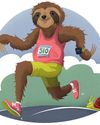
TAKE IT SLOW
Slow running is a fitness trend with some hard and fast science behind it
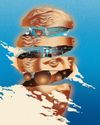
Physics, AI and music share a common thread. You just have to know where to look
Studying science can lead you in many directions and open doors to unexpected possibilities along the way
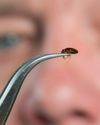
BED BUGS VS THE WORLD
When bloodthirsty bed bugs made headlines for infesting Paris Fashion Week in 2023, it shone a spotlight on a problem that's been making experts itch for decades: the arms race going on between bed bugs and humans
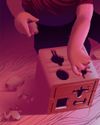
Kids are the key to understanding obesity. But we need more of their genes...
We can unravel the role that bodyweight plays in disease, but we need a bigger, more diverse, sample of genetic material to do so
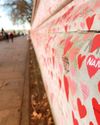
COVID inquiry: What did we learn and what can we do better in future pandemics?
Masks, social distancing, lockdowns... how effective was the UK's response to the COVID-19 pandemic?
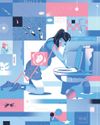
One hormone could be the key that unlocks a cure for morning sickness
The nausea and vomiting that, in extreme cases, can endanger mothers and babies might soon be just a memory

THE WORLD'S WEIRDEST CREATURES
Under the sea and upon the land, some animals look - to us - pretty strange...
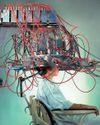
WHEN MIND AND MACHINE COLLIDE
First, Elon Musk wanted to make electric cars ubiquitous, then he wanted to make space exploration a private enterprise. Now, with Neuralink, his newest venture, Musk hopes to merge humans and artificial intelligence. Turns out, it might not be such a crazy idea...
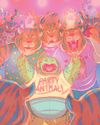
COME OUT OF YOUR SHELL
Social anxiety is more than just being shy. It's a phobia born out of our evolutionary past. But that raises a puzzling question: why do so many of us fear human interaction when we're supposed to be the most sociable species on the planet?

SPACE ODDITIES
Take a tour of the weirdest spots in the universe, where the 'normal' rules don't apply. Places that squeeze time, blow bubbles and even rain glass... sideways